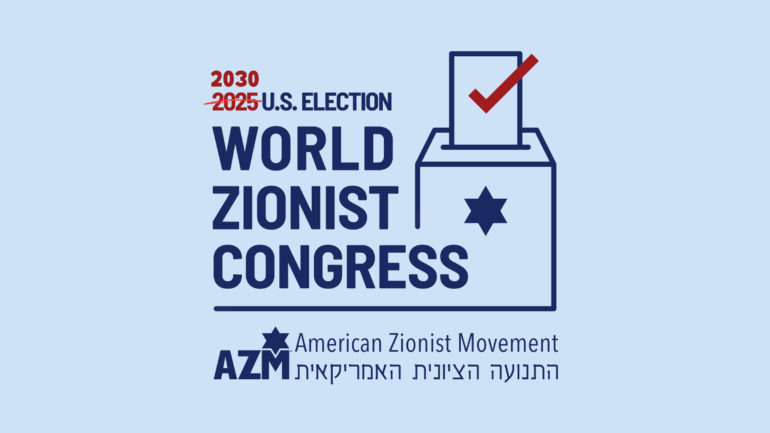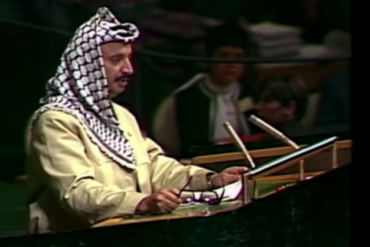The 2025 American Zionist Movement elections for representation in the World Zionist Congress have ended.
The election, the first since the Simḥat Torah massacre of October 7, 2023, was highly anticipated as facing a Jewish community in the United States more tuned in and engaged than in most previous elections.
It was also an election under increased scrutiny for the voting system’s security features and widespread allegations of voter fraud. With a 90% increase in voters, more than 238,000 votes cast in the $5 online voting process, the election signals a need for reevaluating the rules of the game.
An early reflection, with knowledge of the slates and electorate but not the results, indicates that the AZM is in desperate need of electoral reform.
The first-past-the-post model, employed by so many countries to elect their governments, poorly reflects the will of US Jews. For the Zionist movement to regain legitimacy, value, and purpose, it behooves the AZM to open the conversation on electoral reform.
When the average pro-Israel Jew living in the US enters the website to select between 22 slates, it’s obviously a difficult decision. While these slates ought to be competing with one another, with important matters differentiating them, most voters feel connected to multiple slates.
One’s politics may be more aligned with the ZOA slate, but their Beit Knesset is in the Aish network, and they send their kids to Mizrachi schools.
A solution that could potentially improve the voting process and alleviate some of the cognitive dissonance produced by the current process would be ranked ballots.
Ranked ballots would also encourage election cooperation between the parties. In countries where this method is already used to elect governments, parties often encourage voters to select specific parties as their number 2 choice. Informal blocs forming would be more representative of American Jewry’s diversity than the present electoral format.
A move to ranked ballots would also empower smaller parties and strengthen the democratic nature of the process. VISION would certainly benefit from such a proposal, but other grassroot slates would also enjoy an increased voice within the official Zionist institutions.
Of the 14 slates that ran in the 2020 AZM elections, four of them took 71% of the vote. This left several smaller slates without representation that truly reflects their importance in the Jewish world.
A move to ranked ballots would empower slates such HaTikvah, who may share voters with the Reform movement, but also Shas Olami, who may share a voting base with Eretz HaKodesh, and Herut, who may share a base with ZOA.
This would allow for a greater focus on issues that are too often sidelined by the larger factions that currently dominate the discourse, revitalizing the relevancy of the Zionist movement.
In the 2025 election, the AZM electorate were treated to campaigns full of platitudes relating to fighting anti-Semitism and supporting Israel’s military, but fresh ideas were few and far between. As the many flavors of Zionist ideology struggle to find relevancy, the institutions have been relegated to a political market for budgets and jobs.
Perhaps with healthier competition, we can begin to untangle these challenges to the Zionist movement.





